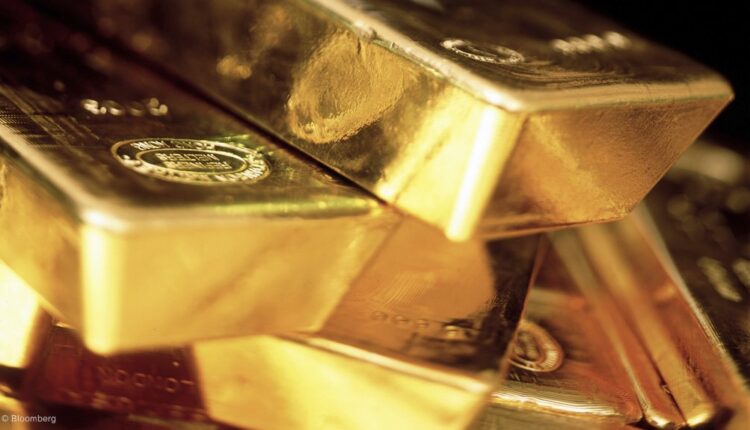Gold price to be ‘stickier’ in 2022, says global financial firm
Global financial firm UBS Global Wealth Management chief investment office strategists Wayne Gordon and Giovanni Staunovo have warned in a November 12 note that, while the recent strength in gold’s consumer prices should begin to fade in the first half of next year, “it can be sticky”.
They have, therefore, lifted their forecasts by between $50/oz and $100/oz.
Gold prices jumped by $50/oz after the release of US inflation data, breaking though the technical barrier of $1 835/oz.
The sharply higher October consumer price index (CPI), with a headline rate of 6.2%, the highest in over three decades, triggered another series of sharp moves in global rates, currencies and gold, Gordon and Staunovo said.
They added that the ten-year US TIPS dropped to a record low yield of -1.2% at one stage, and that the dollar also rallied, which typically weighs on gold, but investors looked past this to focus on its traditional role as a hedge against inflation.
“We estimate the fair value for gold is $1 880/oz currently. Looking ahead, we see risks of further strength in CPI in early 2022, which could stoke even stronger demand for gold,” Gordon and Staunovo said.
Further, they added that the recent hawkish comments by some US Federal Reserve officials caused a flattening of the US yield curve, only adding to gold’s shine. Yet Gordon and Staunovo still believe the pace of price rises will moderate, though housing and the feedback loops associated with higher wages could prove to be “stickier”.
A moderation in inflation expectations alongside higher nominal rates should see US real rates push higher eventually (and weigh on gold), but Gordon and Staunovo said this was likely to take longer to occur.
As such, they have raised their end-March 2022 target price to $1 800/oz (from $1 700/oz), and their end-2022 target to $1 650/oz (from $1 600/oz).
“We also acknowledge the risks are skewed to the upside in the short run, and temporary price moves above $1 900/oz shouldn’t be ruled out,” Gordon and Staunovo concluded.



